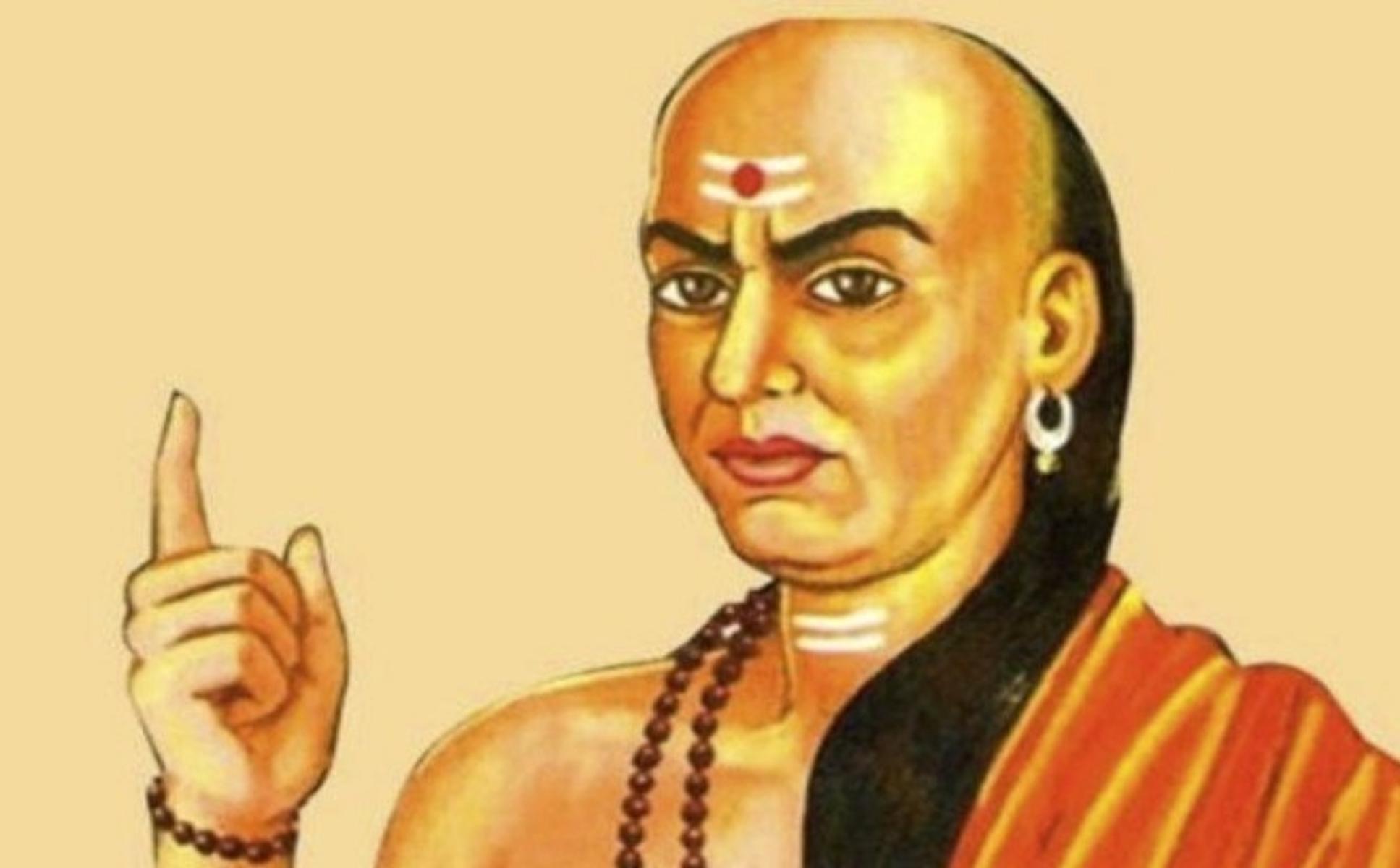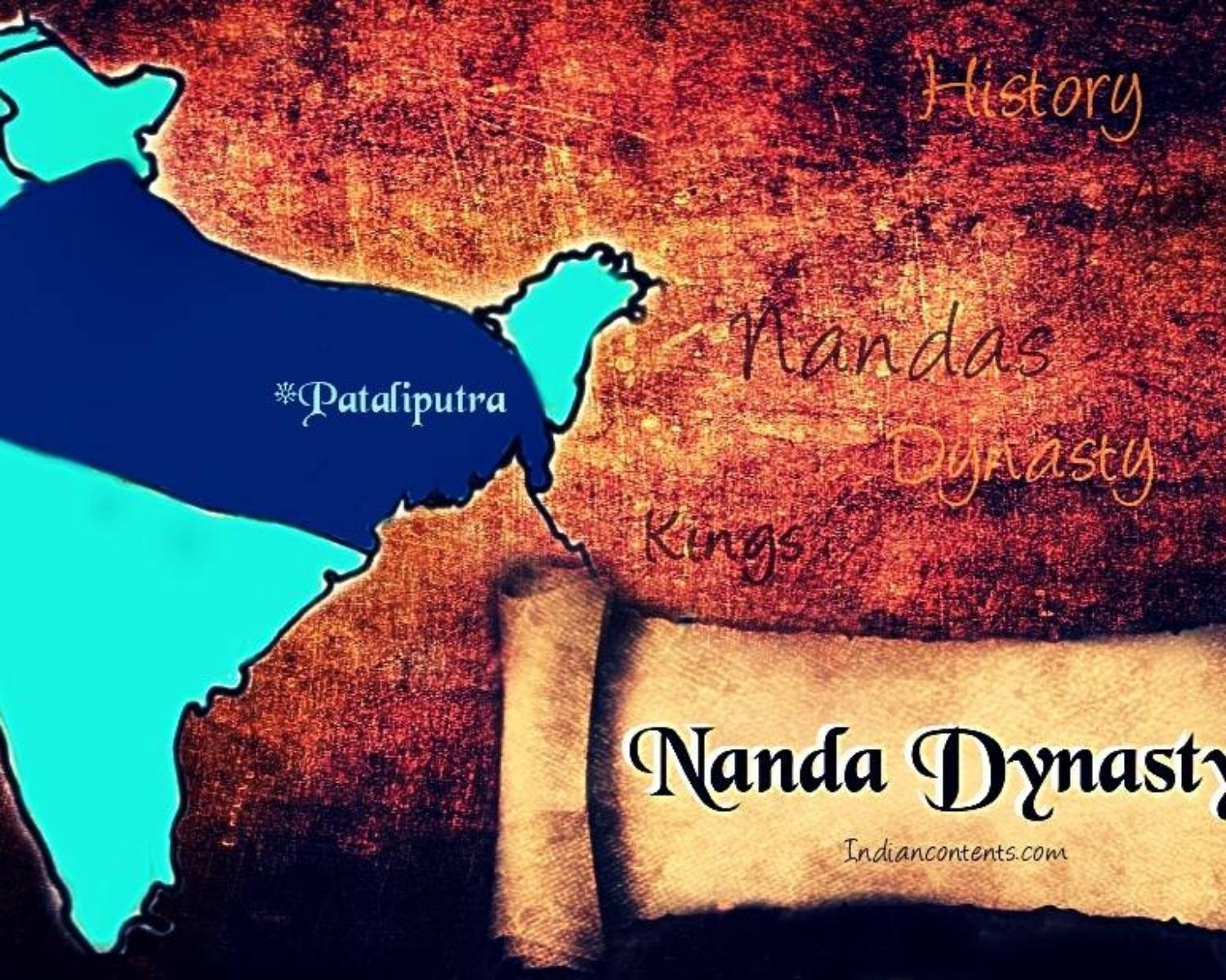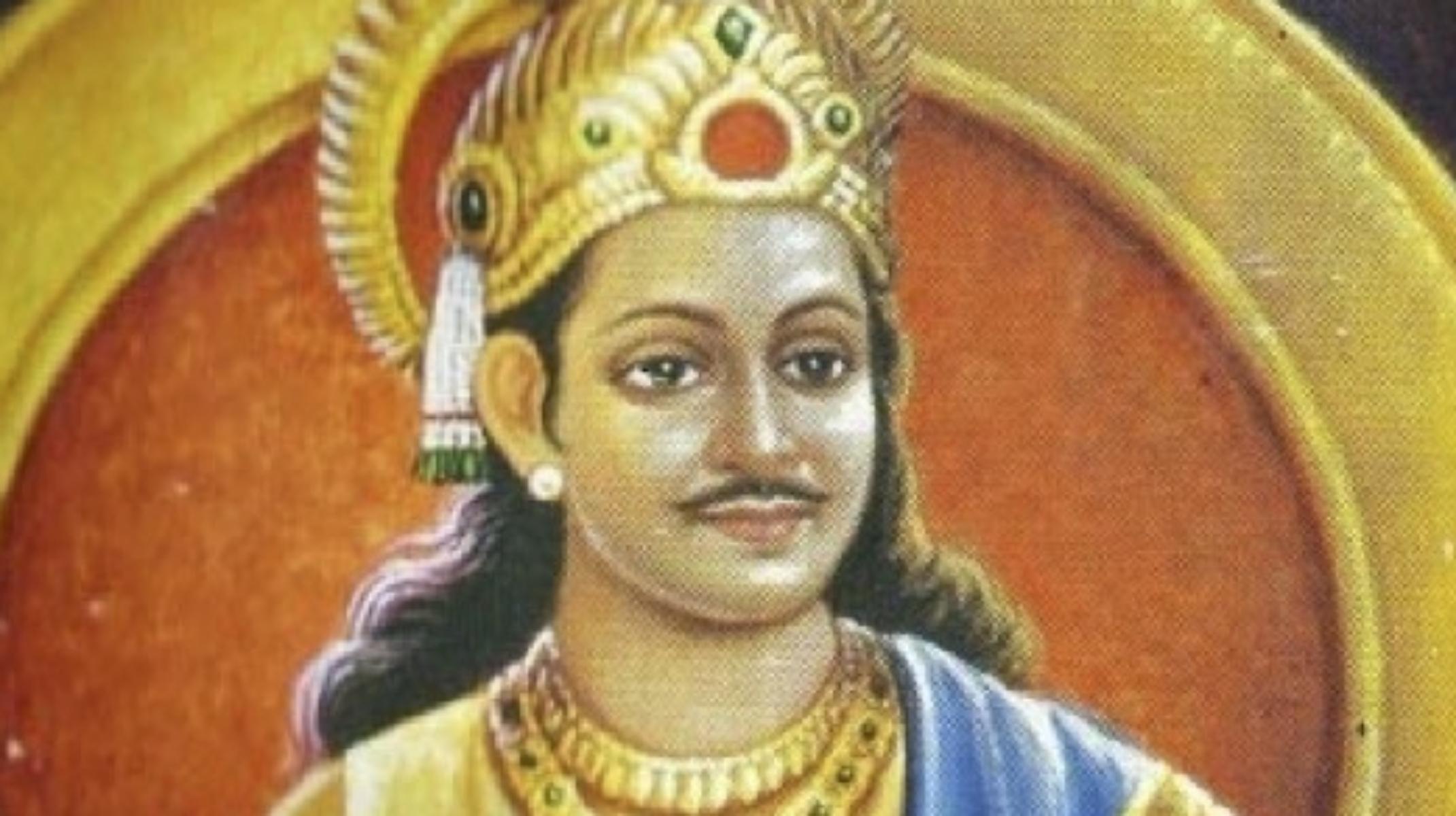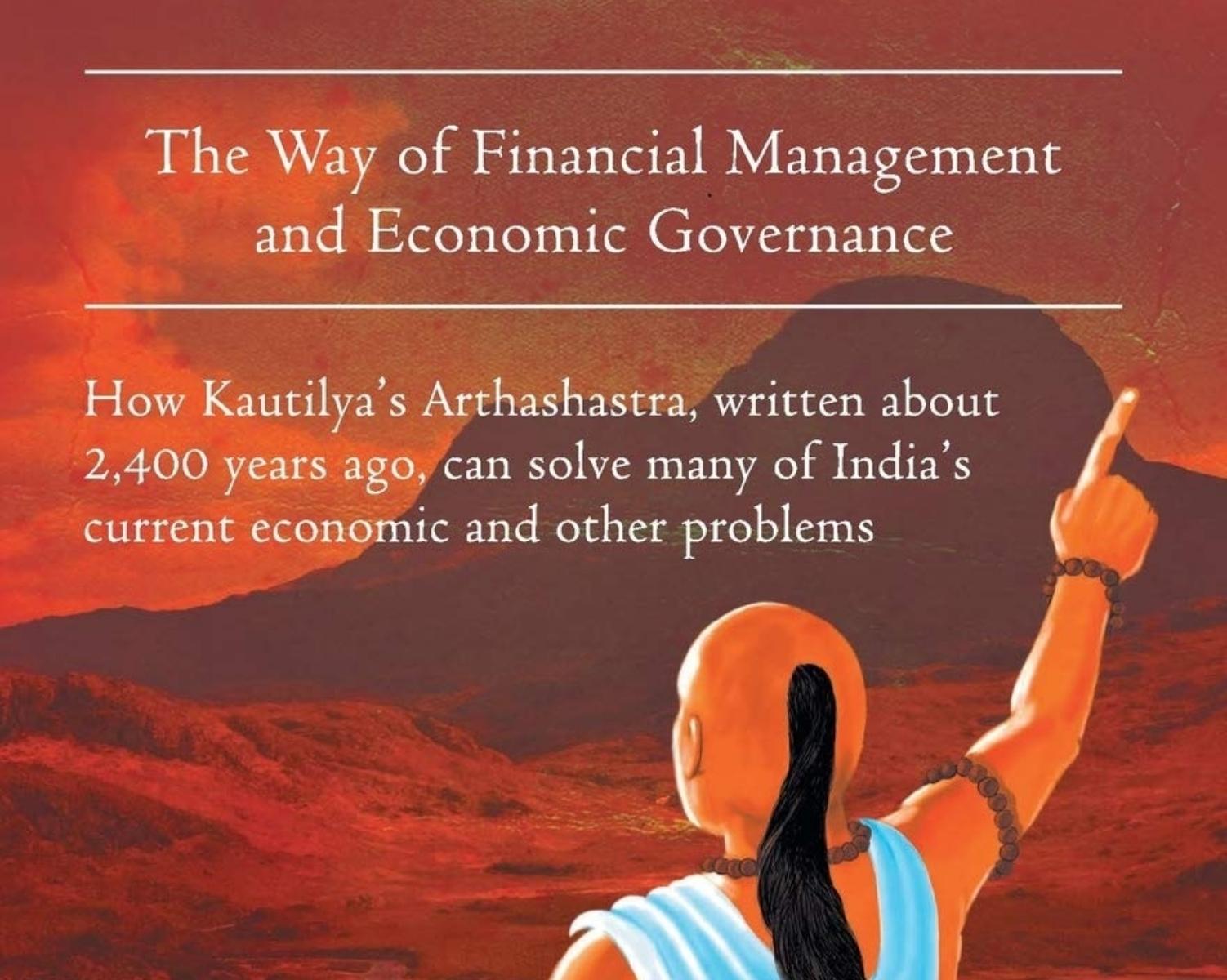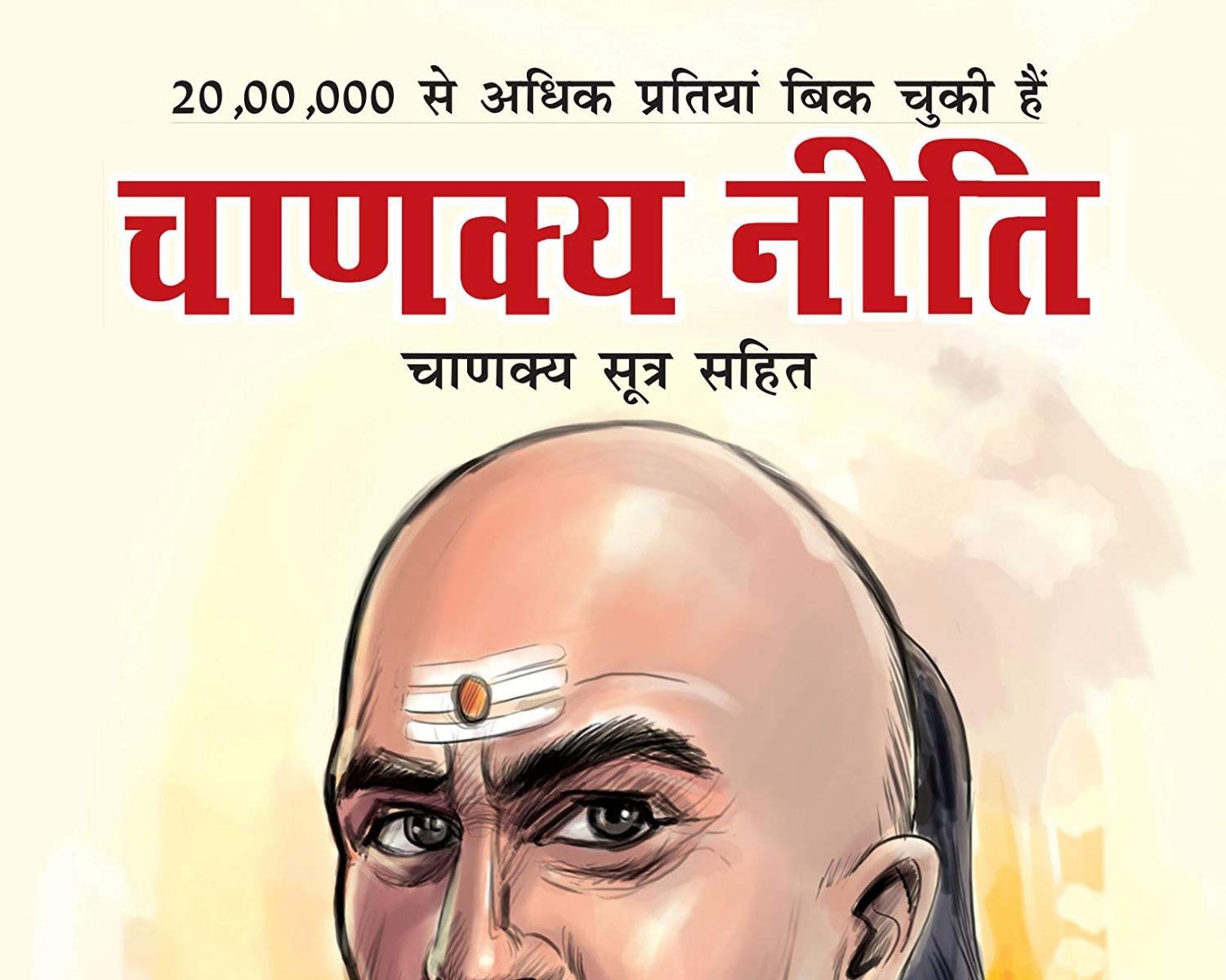Chanakya - Scholar and Administrator Par Excellence
Curated from: dollsofindia.com
Ideas, facts & insights covering these topics:
19 ideas
·1.43K reads
12
Explore the World's Best Ideas
Join today and uncover 100+ curated journeys from 50+ topics. Unlock access to our mobile app with extensive features.
9. Chanakya
Chanakya (350-275 BCE) was a great Indian teacher, philosopher, statesman, royal adviser, economist and jurist. Alternatively known as Kautilya or Vishnugupta, he penned the ancient Indian political treatise, the Arthashastra. He is said to be the pioneer of economics and political science in India.
A Brahmin, originally hailing from Northern India, he was also a professor of political science and economics at the University of Takshashila, also known as Taxila. A past master of Vedas and ancient Indian literature, he is believed to have had some knowledge of Zoroastrianism as well.
24
173 reads
...
Chanakya was as shrewd as he was wise. He helped the first Mauryan Emperor, Chandragupta, to establish the Mauryan Empire and was an immense asset to him during his rule. Chanakya also served as Chief Advisor and Prime Minister to both Chandragupta and his son, Bindusara. His immense works were lost towards the end of the Gupta Empire and were rediscovered only in the early 20th Century.
23
150 reads
As Kautilya Or Vishnugupta
Chanakya is often associated with the Arthashastra, which identifies its author's name as Kautilya. Only one verse in it refers to him as Vishnugupta. Some believe that Chanakya was given the name Kautilya as that was the gotra (clan) that he came from. However, there is yet another more interesting theory about the emergence of this name.
The word "Kutila" in Sanskrit means "crooked". He could have been given this name, as he was a shrewd politician, who knew the ins and outs of administration.
25
117 reads
...
Vishnu Sharma's Panchatantra (3rd Century BCE) explicitly identifies Chanakya as Vishnugupta. However, there is no historical record about this – it is possible that these three names belonged to three different people.
23
124 reads
.....⁹
Some believe that he was born in Takshashila, while others aver that he was born in South India. He was the son of Chanak (or Canin) and Canesvari. He hence got his name from his father.
He was educated at the ancient University of Takshashila and later, went on to become a professor there. Though he was raised as an orthodox Brahmin, he knew that he had the capability to rule a kingdom. He was not handsome, but his tremendous knowledge more than made up for his lack of looks.
23
94 reads
Other Legends About Chanakya
As mentioned earlier, there are several versions of Chanakya's life story. Check the weblink for the Buddhist and the Jain versions of the legend.
23
114 reads
Dhana Nanda And Chanakya
When Chanakya was old enough, he began searching for a true king. That is when he met Dhana Nanda, the king of the Nanda dynasty. According to the Mahabodhivamsa, Dhana Nanda was the last ruler of the Nanda dynasty. He is referred to as Agrammes or Xandrames in Greek history. The name Agrammes may have come the Sanskrit word, "Augrasainya", which means, "son or descendant of Ugrasena".
Dhana Nanda inherited the throne from his father, Mahapadma Nanda. He is believed to have been powerful and ruled over the Parsii (Prachya) and the Gangaridai people.
23
82 reads
Nanda Empire
During his tenure, the Nanda Empire spanned from Bihar to Bengal in the east and from Punjab to Sindh in the west. His army was very large – it consisted of 200,000 infantry, 20,000 cavalry, 2,000 war chariots and 3,000 war elephants. He, however, was quite unpopular, both with his own subjects and with the neighboring states as well. That was probably because his government levied heavy taxes and fleeced the people of their wealth.
The people of Kalinga especially despised the Nanda clan, as they belonged to the Shudra varna (the lowest caste). In order to diffuse the political tension,
24
69 reads
....
He also provided them with a mere handful of grains and very little water, which was barely sufficient for one human being to survive. Eventually, Sakatala lost his entire family, one by one and he was the only survivor.
Seeing that the land was vulnerable, the foreign invaders again declared war. Realizing what an asset Sakatala was, Nanda freed him and requested his assistance. Wanting to avenge the death of his family at the hands of the king, Sakatala refused to help and left. He then joined hands with Chanakya.
24
70 reads
Sakatala
Prince Shaurya Nanda wedded Damyanti of Kalinga. However, that only worsened the situation – the marriage itself was short-lived. That further complicated the equation between the two dynasties. During his reign, Dhana Nanda carried on the same ill-feeling for the Kalinga dynasty.
Dhana Nanda had four ministers, namely, Bandu, Subandu, Kubera and Sakatala. Sakatala spent the entire money in the treasury to purchase peace from the Mleccha invaders. When the king knew of this, he got furious and punished him by casting him into a subterranean dungeon, along with his family.
24
53 reads
Chanakya was interested in a position available at a daankendra or charity center. The king wanted only a Brahmin to run the center. He was well aware that he was very unpopular – there was even a rumor that he could be assassinated at any time. Dhana Nanda opened up this daankendra in a bid to salvage his flagging image.
Chanakya entered the palace to apply for the royal position. On entering, he saw nine seats lined up on either side of the throne. Out of these, eight were for the Nanda Princes.
Chanakya promptly rested on the empty seat, which was reserved for
24
53 reads
...
the person who would become the manager of the daankendra.
He then boldly declared that, his unkempt appearance notwithstanding, he was indisputably the best man for the job.
Disgusted by Chanakya's unsightly countenance, Dhana Nanda and a few other princes assembled there, insulted him, calling him an ugly monkey. The king also thought that he was not refined enough in behavior and hence, refused to offer him the position. Humiliated and angry, Chanakya vowed that he would not re-tie his topknot until he had destroyed king Dhana Nanda and his entire clan.
24
46 reads
Chanakya Fulfils His Vow
The exact circumstances of Dhana Nanda's destruction and ultimate death are not clear. Some narratives suggest that he was killed by Chandragupta Maurya himself,after the latter captured Pataliputra. When he lost the battle, he was permitted to leave his capital, along with his two wives.He also gave away his daughter in marriage to the Mauryan Emperor.
Other stories relate that Dhana Nanda went into exile after Chanakya stealthily captured Pataliputra. He was never seen or heard of after he fled from there. Some other sources seem to suggest that Chanakya ordered that he be killed while on his
24
41 reads
...
exile, thus clearing the path for Chandragupta to occupy Pataliputra's throne.
Yet another interesting version suggests that Dhana Nanda adopted Buddhism just before going on exile. He completely renounced the material world after his clan got wiped out during the war. When Chanakya realized that he was no longer a threat, he left him alive and let him leave from there forever.
23
40 reads
Chanakya's Role In The Rise Of Chandragupta
Realizing by then that king Nanda had to be defeated in order to bring Chandragupta into power, Chanakya approached king Parvataka (often identified with Porus) and made an alliance with him. Chanakya met the Greek generals as well, to discuss the possibility of an alliance with them as well. Knowing how strong and able they were, he knew that getting them on his side would be immensely beneficial to Chandragupta. He knew that this joint army could easily defeat Dhana Nanda. Sure enough, this alliance gave Chandragupta a formidably powerful army, made up of the Greeks, the Scythians, Nepalese,
24
35 reads
...
Persians and several other sects.
This joint army laid siege on Pataliputra from all directions. Seeing the sheer size of the army, the Nanda rulers had no other option but to surrender their beautiful kingdom. Chanakya then founded the Mauryan Empire and placed Chandragupta at its helm.
23
37 reads
Arthashastra And Chanakya Neeti
Chanakya is identified as the author of two important books, namely, the Chanakya Neeti (alternatively referred to as Chanakya-Niti-Shastra) and the Arthashastra.
Arthashastra speaks in detail about several aspects of administration, such as monetary and fiscal policies, war strategies, welfare, international relations and so on. This treatise also relates the duties of a ruler. Some experts aver that the Arthashastra is actually a compilation of several earlier texts penned by various authors, and that Chanakya may have been one of those authors.
23
41 reads
Arthashastra
Chanakya's political ideas and maxims,as specified in the Arthashastra are completely practical,unsentimental,controversial and, sometimes,even downright ruthless.This book takes a rather impersonal stance on conducting assassinations,killing family members, managing spies and secret agents,chalking out treaties and then violating them and so on and so forth. Due to this, he is often compared to Machiavelli.That said;his attitude is not so merciless throughout the treatise.He also talks about the moral duties of a king and how he should always place the happiness of his subjects above his own.
24
41 reads
Chanakya Neeti,
which consists of 17 chapters, is a collection of aphorisms and maxims, which are believed to be selected and gathered by Chanakya from the various shastras. This book is filled with interesting quotes, most of which are relevant even in the present times.
Several Indian nationalists consider Chanakya as one of the greatest ever thinkers. His Arthashastra is still regarded as one of the best resources to learn about developing and implementing strategic national and administrative policies. Several Indian institutes, involved in training, leadership and politics are named after Chanakya.
24
50 reads
IDEAS CURATED BY
卐 || एकं सत विप्रा बहुधा वदन्ति || Enthusiast || Collection Of Some Best Reads || Decentralizing...
अर्हम् Arham's ideas are part of this journey:
Learn more about artsandculture with this collection
How to avoid email overload
How to organize your inbox
How to write effective emails
Related collections
Similar ideas
10 ideas
Chanakya Neeti
Chanakya
14 ideas
Great quotes by Sam Bahadur
linkedin.com
Read & Learn
20x Faster
without
deepstash
with
deepstash
with
deepstash
Personalized microlearning
—
100+ Learning Journeys
—
Access to 200,000+ ideas
—
Access to the mobile app
—
Unlimited idea saving
—
—
Unlimited history
—
—
Unlimited listening to ideas
—
—
Downloading & offline access
—
—
Supercharge your mind with one idea per day
Enter your email and spend 1 minute every day to learn something new.
I agree to receive email updates

